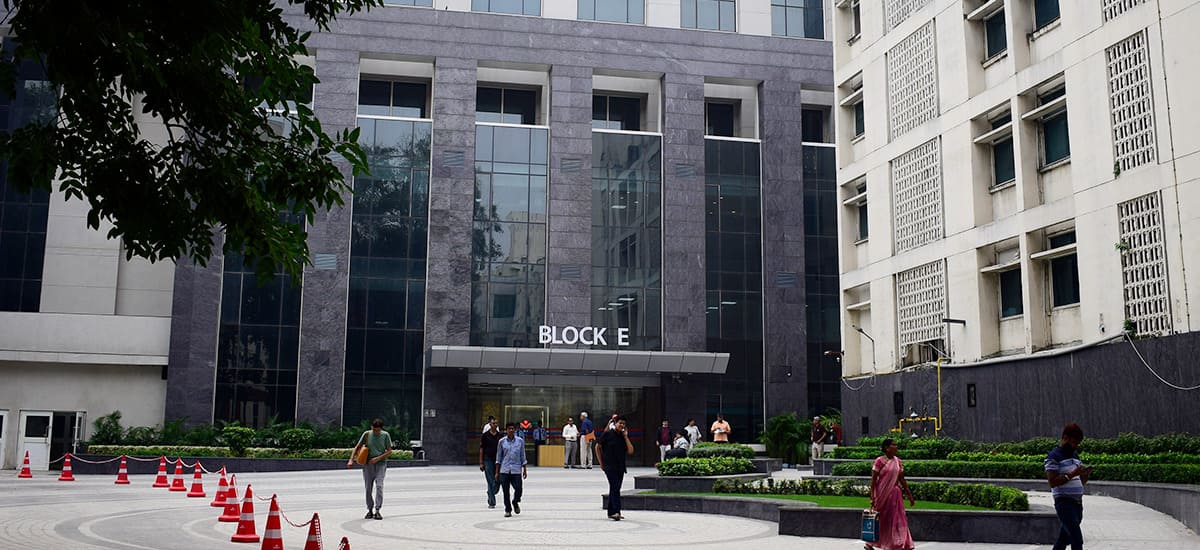
Sir Ganga Ram Hospital, located in New Delhi, has a remarkable history that spans several generations. It owes its origin to Sir Ganga Ram, a renowned engineer and philanthropist of his time. Sir Ganga Ram had three sons, one of whom was Balak Ram, an engineer who took it upon himself to carry forward his father's legacy. In 1929, two years after Sir Ganga Ram's passing, Balak Ram established the Trust Society to uphold his father's ideals and values.
Meanwhile, another son, Sevak Ram, envisioned a hospital that would serve the community in Lahore. He materialized his vision by constructing a 700-bedded hospital in the heart of Lahore and establishing the Balak Ram Medical College adjacent to it. Following the partition, the medical college was renamed after Fatima Jinnah by the Government of Pakistan, but the hospital retained its original name due to the local community's objection.
In 1948, Shri Dharma Vira, the grandson-in-law of Sir Ganga Ram, held the position of Private Secretary to Prime Minister Pandit Jawaharlal Nehru. He played a crucial role in the rehabilitation of refugees from Pakistan and convinced the Indian government to allocate 11 acres of land in Karol Bagh, a settlement area for many refugees, to build a hospital. The hospital, inaugurated by Pandit Jawaharlal Nehru in April 1951, began with 40 beds, an operation theatre, and the basic infrastructure required. The Sir Ganga Ram Trust Society took charge of running the hospital.
Over the years, Sir Ganga Ram Hospital has achieved several significant milestones. In 1982, it became the first hospital in Delhi and the second in India to install a state-of-the-art computerized tomography (CT) center. This development significantly boosted hospital admissions. Additionally, the hospital initiated the private sector's first kidney transplant program.
To further enhance its services, the hospital established new departments and introduced advanced facilities. These included departments for Academics, Genetic Medicine, Minimal Access and Bariatric Surgery, Surgical Gastroenterology, Sleep Medicine, Medical Oncology, Endocrinology and Metabolism, Dharma Vira Heart Centre, MRI, Nuclear Medicine and Bone Densitometry, Spiral CT, a Day Care Centre, Homoeopathy, Ayurveda, Neurophysiology, Liver Transplantation, Cochlear Implant, Physiotherapy, and a new Super Specialty and Research Block with 24 state-of-the-art Operation Theatres. The Joint Replacement Centre, the Dharma Vira, Sir Ganga Ram, Rural Medical Kiosks, and the upgradation of the Medical Library have also played pivotal roles in the hospital's success story.
Sir Ganga Ram Hospital has received numerous accolades, including being awarded the 'Overall Best Hospital of the Year' in the non-corporate sector in the country. It continues to engage in meaningful research, making it one of the few private hospitals involved in such endeavors. The hospital's progress and reputation as one of the premier teaching and tertiary care hospitals in the country are attributed to the dedicated Board of Trustees, the Board of Management, and the exceptional faculty and staff.
The story of Sir Ganga Ram Hospital, New Delhi, is a testament to perseverance, facing challenges, and striving for excellence. It serves as a reminder that success is not a final victory, but an ongoing journey.